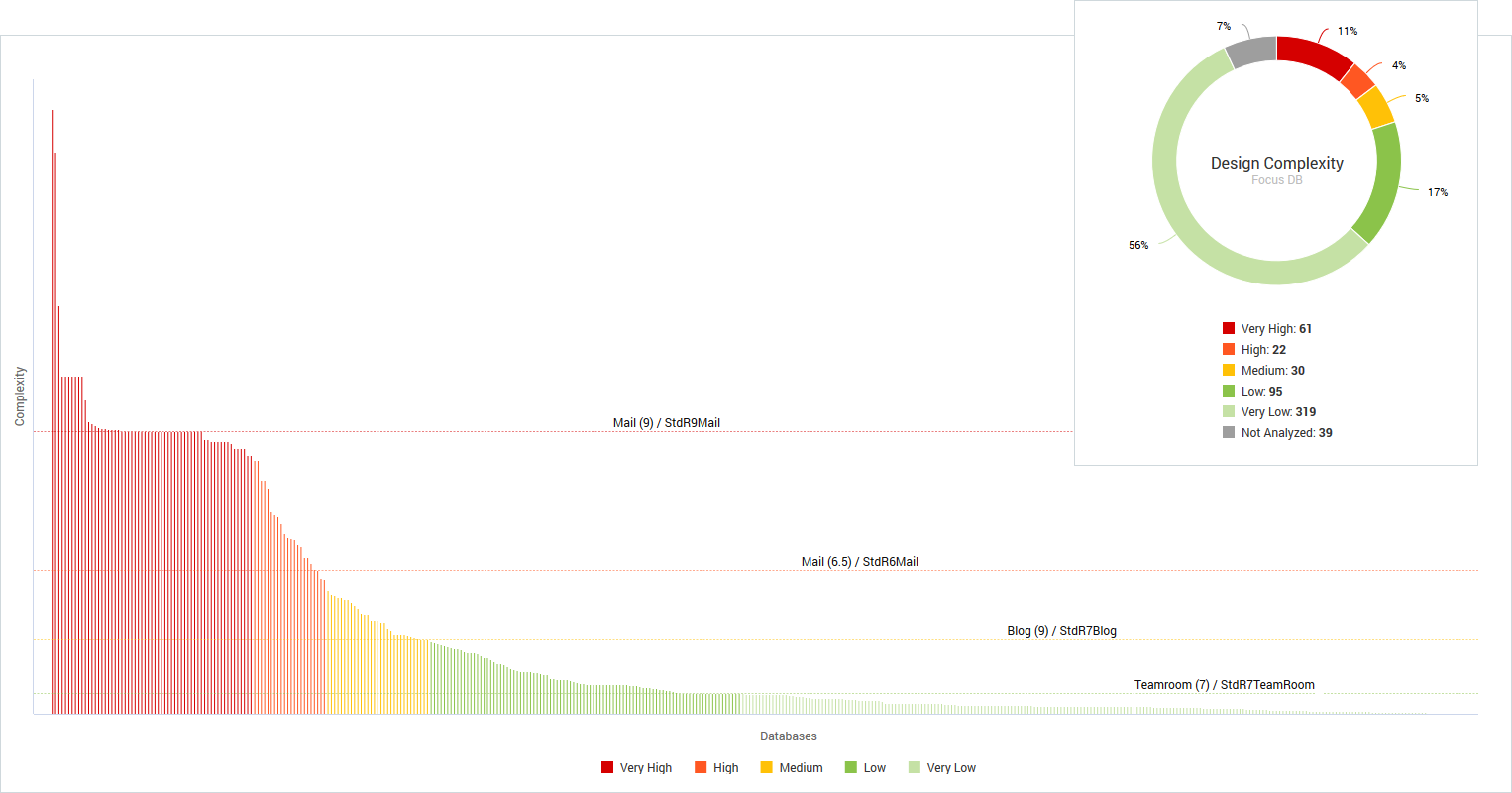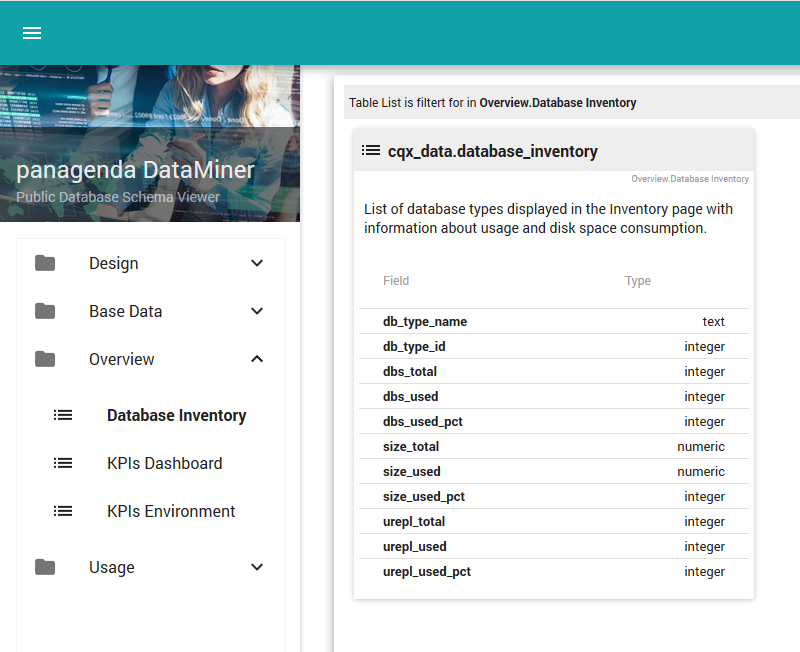Page History
...
| Table of Contents | ||
|---|---|---|
|
Highlights
Design Complexity Reinvented
Remove "Impact" from Documentation
Please bring back the thousands separator on the Complexity page
As an admin, I can modify the predefined values for complexity weights and reset them back to default
As a user, I can access code and design complexity pages without long loading timesUnderstanding the complexity of database design is a big piece of the puzzle during a transformation process. What is the cost of modernization or migration vs. the risk and effort of operating databases that no developer has touched for years and years? Not only quantifying the complexity of an application, but being able to compare it to other databases is key. Some of those databases might already have been processed and can give a benchmark for calculating effort or cost.
New Design Complexity Information
In this light, the calculation of design complexity has undergone a substantial rework:
- Complexity categories are now determined by the design complexity of reference templates.
As a starting point, special IBM standard templates act as reference points, but work has already
started on allowing customers to specify their own reference templates. - It is now possible to adjust the factors which complexity calculation is based on.
Configuration is available in the settings menu under [Design complexity calculation options] - The [Design] → [Complexity] page has received substantial improvements in performance and content.
Some of its original content is now shown on the page [Design] → [Source Code] - The term "Impact" is gone and has been replaced by "Complexity". Wherever the numeric value behind
complexity categories (e.g. High, Medium, Low) is displayed, it's called complexity index or score.
Business Intelligence Enablement
ApplicationInsights provides access to its extensive data warehouse through industry standard API's APIs by using panagenda's DataMiner solution. This interface allows tools like Excel as well as business intelligence solutions such as Tableau or Power BI not only read the data, but integrate them on a continuous basis. In this new version the integration with DataMiner has been intensified yet again. Not only is accessible directly from within the ApplicationInsightApplicationInsights' s user interface, but the service will now be installed automatically when upgrading and additional data sources have been made available to DataMiner.
...
Database schema viewer in DataMiner
Sprechen Sie Deutsch?
panagenda prides itself on listening to their customers and partners. This brilliant group of people speaks many different languages and hails from all over the world. Thus, we are proud to introduce a multilingual user interface with this new version.
...
Structural Changes / Upgrade Path
New Upgrade Procedure: Container Installer
| Warning | ||
|---|---|---|
| ||
Installation packages are no longer delivered via DEBZ files.The whole update process changes towards a more container oriented methodology in preparation for a potential integration with Kubernetes. Details on how to update to the new version can be found in this knowledge base article: Upgrade ApplicationInsights (≥ v1.5.1) |
Data Warehouse Rebuild Required
| Warning | ||
|---|---|---|
| ||
This version of ApplicationInsights brings wide-ranging improvements in performance and usability. Various changes in the data warehouse structure were necessary to make that possible. After installing the update, the application will not be usable until the DWH is rebuilt. This process runs nightly, but can be triggered manually after the update. |
Knowledge Base
We are proud to introduce the ApplicationInsights knowledge base! In it you will find documentation, technical articles, release notes and downloads around the solution.
...


